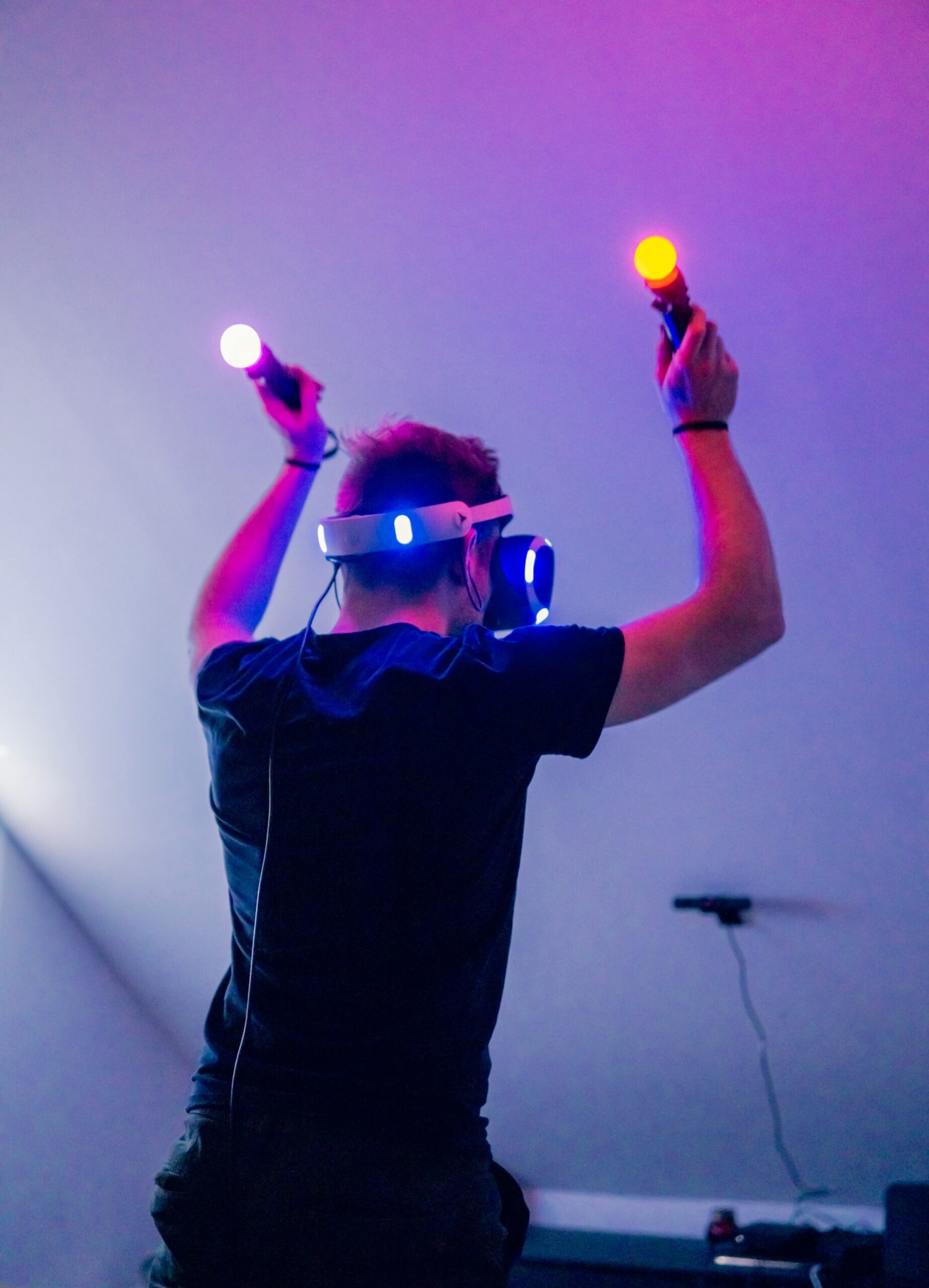In an era where digital landscapes are as expansive as the physical world, PlayStation VR (PS VR) has emerged as a pivotal player in the realm of virtual reality. From its inception to its latest advancements, PS VR has not only revolutionized the way we play games but also how we interact with digital environments, pushing the boundaries of immersive experiences. As we delve into the evolution of PlayStation VR, it becomes clear that this technology is about more than just gaming; it’s about exploring new realities, creating communities, and overcoming challenges. Through the lens of developers, players, and technology itself, we explore the journey of PS VR and what the future holds for virtual reality.
The Dawn of PlayStation VR: An Overview
In the bustling world of tech, the announcement of PlayStation VR marked a significant milestone in virtual reality. Initially teased under the codename "Project Morpheus," its debut promised a future where gamers could step inside their favorite worlds. Sony’s venture into VR wasn’t just about adding another gadget to its roster; it was about creating a new dimension for gaming. The idea was ambitious: to bring immersive virtual reality to the masses through the PlayStation platform, a space already familiar to millions worldwide. As anticipation built, the gaming community watched eagerly, ready to embrace this new frontier in digital entertainment. With its launch, PlayStation VR brought the dreams of virtual exploration into the living rooms of everyday gamers, setting the stage for an evolutionary leap in interactive entertainment.
From Concept to Reality: PS VR’s Birth
The journey from concept to reality for PS VR was a testament to Sony’s commitment to innovation. The development phase was shrouded in secrecy, with a dedicated team of engineers and designers working tirelessly to translate ambitious ideas into a tangible product. Key to this transition was the challenge of making VR both accessible and affordable without compromising on quality. Sony leveraged its experience in consumer electronics, gaming, and entertainment to design a headset that was comfortable, user-friendly, and compatible with the existing PlayStation 4. By integrating with a platform already popular among gamers, PS VR avoided the pitfalls of requiring expensive, specialized hardware, making virtual reality an attainable dream for its loyal fan base. This strategic approach helped bridge the gap between the novelty of VR and its practical application in everyday gaming.
The Hardware Evolution: PS VR Through Time
Since its initial launch, PlayStation VR has undergone significant evolution, with hardware improvements aimed at enhancing the user experience. The original headset, while groundbreaking, was just the beginning. Sony listened to feedback from its community, resulting in the release of an updated model with streamlined cabling, integrated headphones, and HDR pass-through capability. The evolution didn’t stop at the headset; accessories like the PS VR Aim Controller introduced new ways to interact with virtual environments, making the experience even more immersive. As technology progressed, so did the expectations of users, pushing Sony to continuously innovate. Looking toward the future, the announcement of PS VR2 promises higher resolution, better tracking, and even more immersive experiences, showcasing Sony’s commitment to pushing the boundaries of virtual reality.
Game On: Iconic Titles That Defined PS VR
The success of PlayStation VR can be attributed in part to its compelling library of games, with several titles becoming iconic in the VR landscape. From the eerie corridors of "Resident Evil 7: Biohazard" to the rhythm-infused action of "Beat Saber," PS VR offered a diverse range of experiences that showcased the potential of virtual reality gaming. "Astro Bot Rescue Mission" provided a whimsical platforming adventure that became a benchmark for VR design, while "Blood & Truth" dove into the cinematic, allowing players to star in their action movie. These games, among others, played a crucial role in demonstrating the capability of PS VR, not just as a technological novelty but as a new medium for storytelling, creativity, and immersive gameplay.
Inside the Tech: How PS VR Tricks Your Brain
At the heart of PlayStation VR’s immersive experience is a sophisticated blend of technology designed to trick the brain into believing in a digital reality. Utilizing a combination of head tracking, 3D audio, and a high refresh rate, PS VR creates a convincing illusion of being in another world. The headset’s precise motion tracking ensures that the virtual environment responds to the user’s movements in real-time, enhancing the sense of presence. 3D audio adds depth to the experience, allowing sounds to come from all directions, further immersing the player in the virtual world. These technological marvels work in concert to deceive the senses, making the impossible seem possible, and transporting users to realities beyond their wildest dreams.
Beyond Gaming: PS VR’s Other Realms
While gaming remains at the core of PlayStation VR’s appeal, its potential extends into other realms, blurring the lines between entertainment and utility. Educational applications, for instance, use VR to transport students to historical sites or simulate complex scientific processes, providing a hands-on learning experience that’s both engaging and effective. In the world of art, virtual reality offers a new canvas for creators, enabling them to craft immersive masterpieces that defy the constraints of traditional mediums. Even the film industry has dipped its toes into VR, experimenting with 360-degree storytelling techniques that offer audiences unprecedented levels of engagement. These ventures into non-gaming territories underscore PS VR’s versatility and its potential to revolutionize how we interact with information, art, and each other.
As we reflect on the evolution of PlayStation VR, it’s clear that what began as a gaming accessory has transformed into a multifaceted platform for exploration, creativity, and connection. Through continuous technological innovation, a vibrant ecosystem of games, and expansion into various fields, PS VR has carved out a significant niche in the virtual reality landscape. The journey from its ambitious inception to its current state is a testament to the power of vision, innovation, and community. As we look to the horizon, the potential of PS VR and virtual reality at large remains boundless, promising ever more immersive experiences that push the limits of our imagination. In this digital renaissance, PlayStation VR stands not just as a piece of technology, but as a gateway to new realities, waiting to be explored.








